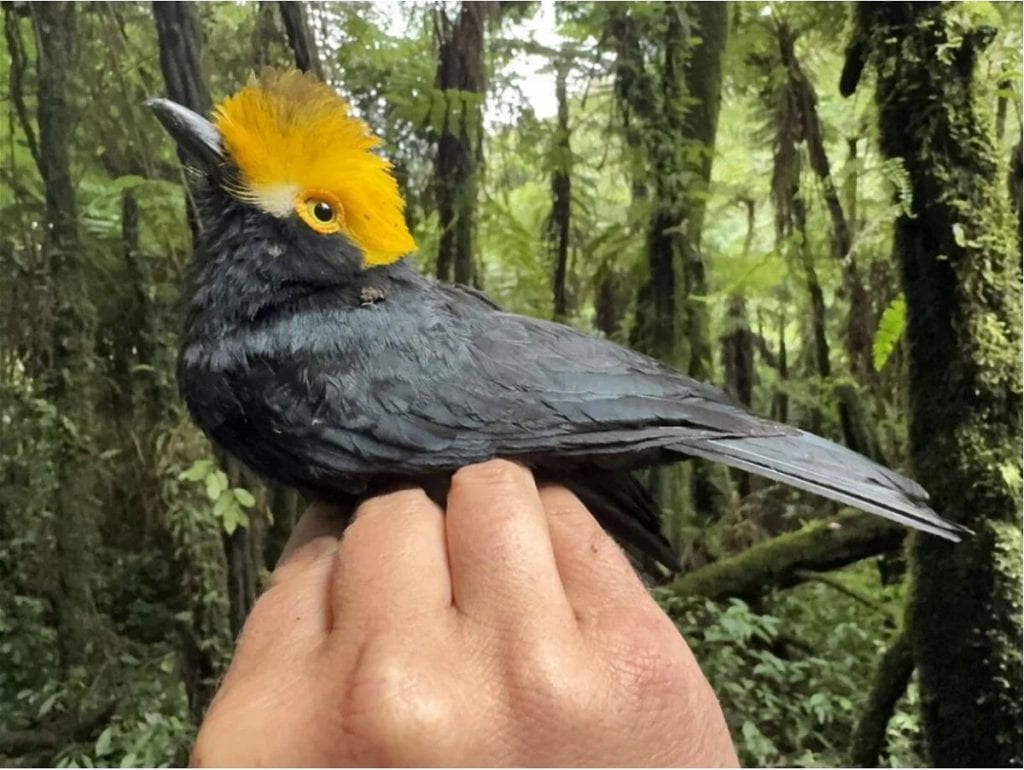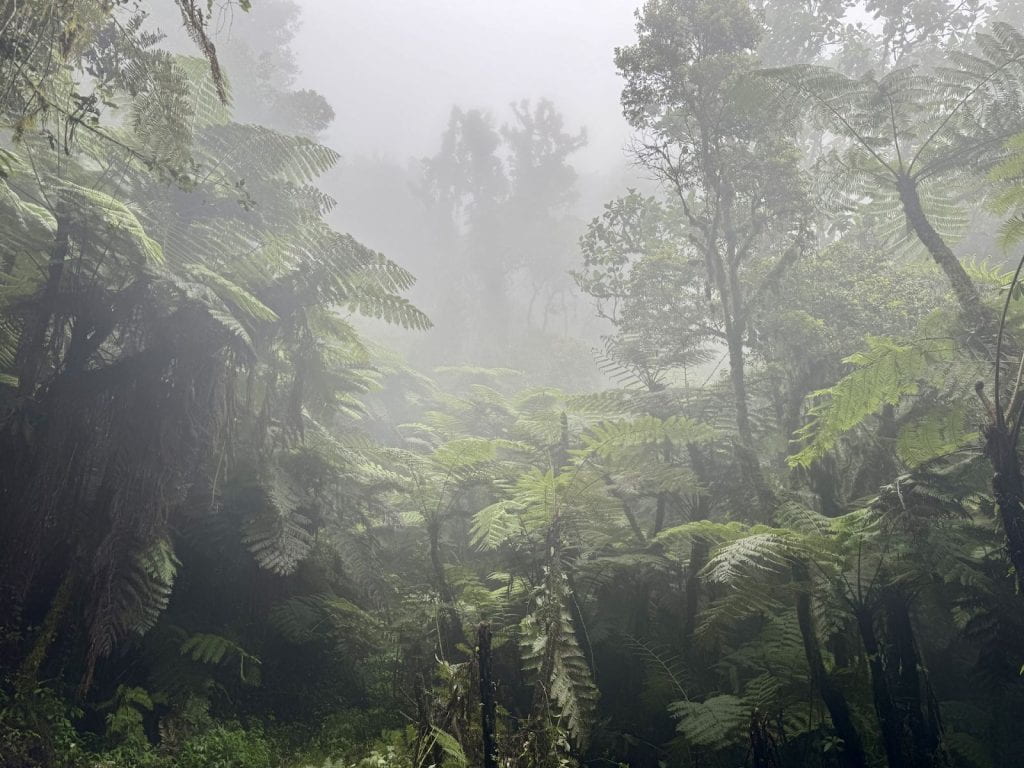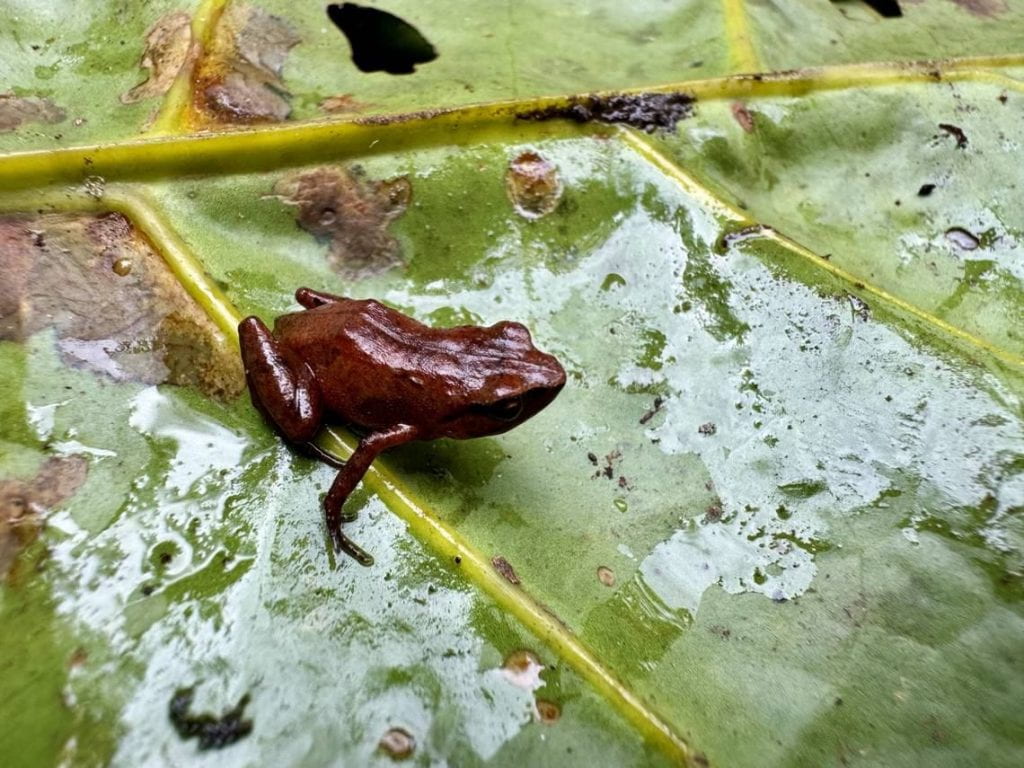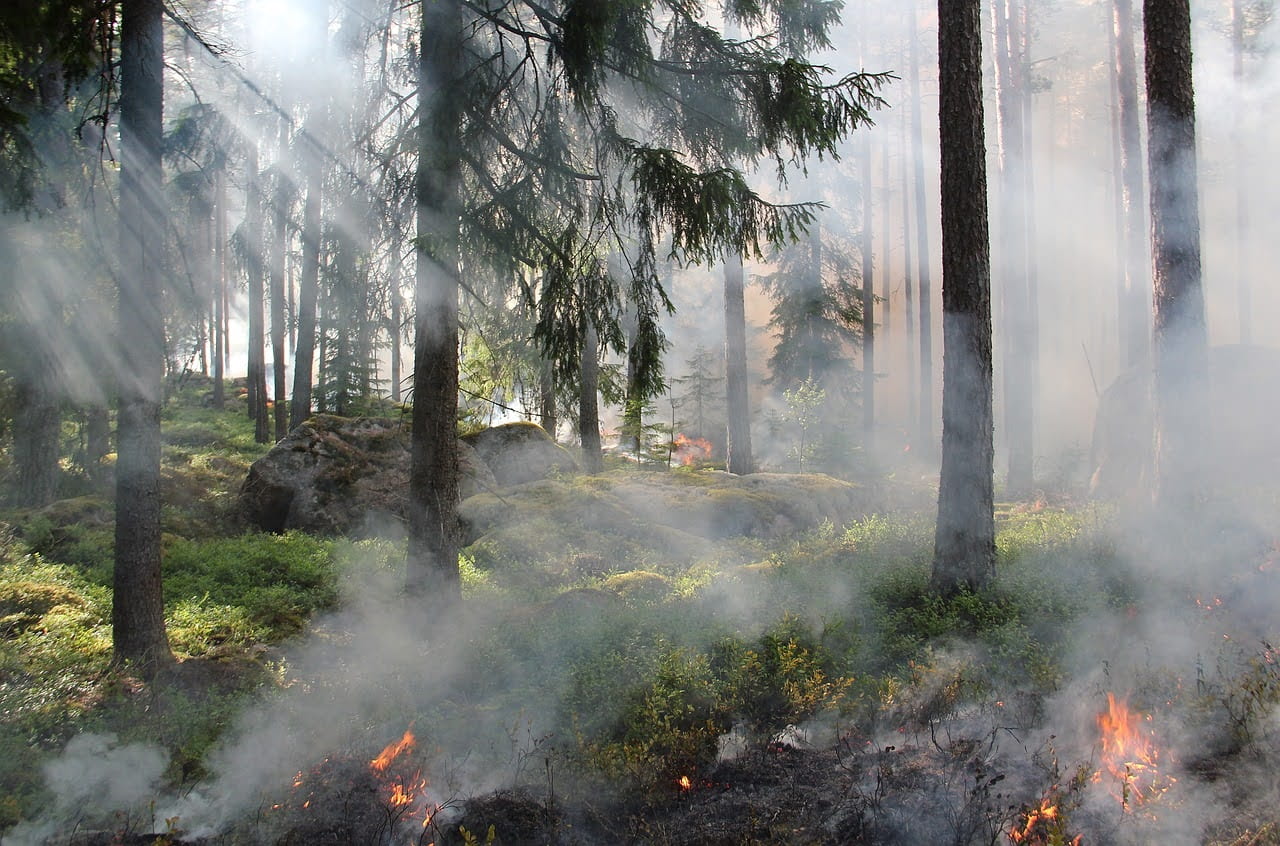“Lost” Bird and Frog Species Unseen for Decades Rediscovered!

Figure 1: The yellow-crested helmetshrike. Photo by Matt Brady (Pflughoeft, 2024)
On a trek through the dense cloud forests of Central Africa, scientists from the University of Texas at El Paso (UTEP) were recently delighted to find a feathered friend with a funky fresh ‘do: the yellow-crested helmetshrike! This bird had not been sighted for nearly 20 years, landing it on the American Bird Conservancy’s “lost birds” list (Alonzo, 2024). Previously feared to be extinct, the elusive helmetshrike was sighted on a 6-week expedition to the Democratic Republic of the Congo’s Itombwe Massif, a mountain range in the South Kivu province. UTEP scientists and Congolese researchers from the Centre de Recherche en Sciences Naturelles (CRSN) journeyed over 75 miles on foot to study the region’s ornithological (bird-related) and herpetological (reptile- and amphibian-related) diversity (Baisas, 2024). African tropical montane forests such as those found on the Itombwe range are simultaneously extremely biodiverse, overexploited, and understudied, so field research efforts like these are important for expanding ecological knowledge and informing future conservation efforts (Taylor).

Figure 2: Cloud forests of the Itombwe Massif. Photo by Eli Greenbaum (Alonzo, 2024)
Co-leader of the expedition Dr. Michael Harvey, who works as an ornithologist and assistant professor of Biological Sciences at UTEP, described spotting the helmetshrike as a “mind-blowing experience,” remarking, “We knew they might be possible here, but I was not prepared for how spectacular and unique they would appear in life” (University of Texas, 2024). Fellow co-leader and professor Dr. Eli Greenbaum explained the implications of this kind of rediscovery, identifying it as an energizing force for fortifying existing conservation efforts (Alonzo, 2024). Conservation is an ongoing process that requires interdisciplinary collaboration and greatly benefits from heightened public awareness, as engaging local communities as well as other stakeholders can give projects the support they need to succeed. The two lead scientists made the expedition with ornithologist Matt Brady (who photographed the bird, pictured in Figure 1), as well as CRSN researchers Chifundera Kusamba, Ph.D., Robert Kizungu Byamana, Chance Bahati Muhigirwa, Mwenebatu M. Aristote, and Wandege M. Muninga (University of Texas, 2024).
The yellow-crested helmetshrike (Prionops alberti, also known as King Albert’s helmetshrike) is endemic (native and restricted in distribution) to the western slopes of Central Africa’s Albertine Rift (University of Texas, 2024). Species endemic to certain areas are especially vulnerable to population decline from habitat loss, and these birds are no different; mining, logging, and deforestation to make room for agriculture all threaten their homes and make conservation efforts difficult (University of Texas, 2024). Land in the Rift is highly sought-after, since the area’s rich volcanic soils and abundant rains attract farmers, and the high elevation is unfavorable for disease-carrying insects (Draper & Sartore, 2011). In addition to these factors, armed conflict near the Rift and accompanying security concerns have historically tightened access to the region, restricting opportunities for ecological study (University of Texas, 2024). Recently, though, access has become relatively easier, which allowed for UTEP to link with CRSN and make the journey.
On their expedition, members of the team sighted 18 birds at three different sites, which could hint at the presence of a relatively healthy population in even more remote regions (Pflughoeft, 2024). These encounters were valuable not only for confirming the species’ non-zero population, but also for observing their natural behavior. Dr. Harvey explained that he and the others spent one whole week out of their six-week expedition (December 2023 through January 2024) taking notes, pictures, and audio recordings, which are especially useful since practically all specimens previously available to scientists have been deceased (McCullar, 2024). Recognizing individuals by their black bodies and characteristic bright yellow “helmet” crests, they described the groups they studied as loud and very active in their hunt for insect meals through the forest’s midstory (University of Texas, 2024).
The yellow-crested helmetshrike was not the only lost creature found on this expedition. During a journey up the remote Kakanga Mountain, the team’s herpetologists were surprised to spot a tiny, peculiar species of amphibian: the red-bellied squeaker frog! Named for their high-pitched call and characteristic red underside, their scientific name Arthroleptis hematogaster means “blood belly” in Latin (Pflughoeft, 2024). These thumbnail-sized critters are poorly known to Western science, as they were last seen by Belgian scientists in the 1950s, when the Democratic Republic of the Congo was still under Belgian colonial rule (McCullar, 2024). Dr. Greenbaum judged from the group’s observations that these frogs were relatively common in the region, and their rarity can likely be attributed to their distribution in such a remote and inaccessible area (Pflughoeft, 2024). Still, amphibians act as indicator species of the health of their surrounding environment, so paying attention to this frog’s populations over time can reveal much about shifting ecosystem structures and conditions. Dr. Greenbaum led the other herpetologists in capturing the first photographs of the species and gathering six specimens for later analysis, with plans to study its genetic connections to other Itombwe mountain species as the “‘last rare piece’ of a DNA puzzle” (Pflughoeft, 2024).

Figure 3: A live red-bellied squeaker frog rests on a leaf on Kakanga Mountain. Photo by Eli Greenbaum (Pflughoeft, 2024)

Figure 4: The red-bellied squeaker frog’s distinctive blood-red underside. Photo by Eli Greenbaum (Pflughoeft, 2024)
As an avid birder and amphibian fan, these rediscoveries give me hope and a small bit of relief; when a species hasn’t been seen for decades, it’s much more comforting to identify this as a shortcoming in our human survey ability rather than as an indicator of total extinction. However, we cannot let this fuel the assumption that a passive approach to conservation is in any way acceptable. Human activity and resource extraction continue to diminish the helmetshrikes’ habitat, so conservation measures that protect the tropical montane forests are absolutely necessary to keep them from extinction. Climate change is also a monumental challenge to the two species; the IUCN Red List predicts that by 2080, shifting climates will likely reduce the helmetshrike’s range by over 90%, and amphibians such as the red-bellied squeaker frog comprise the class of vertebrates most vulnerable to warming temperatures (Baisas, 2024). This expedition also illustrates how crucial international collaboration is for understanding and preserving biodiversity, so making more connections across borders and continents is key for taking action towards these species’ continued survival.
With all of these considerations for the future in mind, if I could give these fantastic fauna a message, it would be this: welcome back, and we hope you’re here to stay!
Works Cited
Alonzo, R. (2024, March 5). UTEP scientists capture first known photographs of tropical bird long thought lost. Texas Standard. texasstandard.org/stories/yellow-crested-helmetshrike-bird-congo-intombwe-university-texas-el-paso-scientists-expedition/
Baisas, L. (2024, February 21). “Lost Bird” not Seen in 20 Years Photographed for the First Time. Popular Science. https://www.popsci.com/environment/lost-bird-helmetshrike-photos/
Draper, R., & Sartore, J. (2011, November). Rift in Paradise. National Geographic. https://www.nationalgeographic.com/magazine/article/albertine-rift
McCullar, E. (2024, March 7). A rare “lost bird” was feared extinct. Texas scientists just found it in the Congo. Texas Monthly. https://www.texasmonthly.com/travel/rare-yellow-crested-helmetshrike-congo/
Pflughoeft, A. (2024, February 23). ‘Blood’-colored creature — feared extinct for decades — hops onto scientist’s tent. Miami Herald. miamiherald.com/news/nation-world/world/article285806971.html#storylink=cpy
Taylor, S. (n.d.). Afri-sky-for: Saving African tropical montane forests. Mountain Research Initiative. https://www.mountainresearchinitiative.org/news-content/africa/afri-sky-for-saving-african-tropical-montane-forests
University of Texas at El Paso. (2024, February 20). First known photos of “lost bird” captured by UTEP scientists. UTEP Newsfeed. utep.edu/newsfeed/2024/february/first-known-photos-of-lost-bird-captured-by-utep-scientists.html


